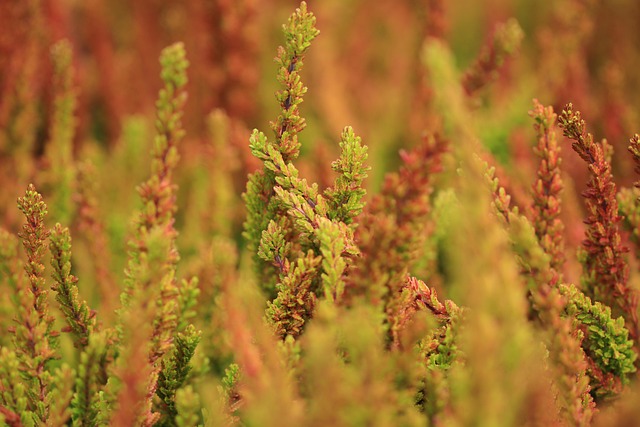England’s verdant landscapes offer year-round camping possibilities, each season painting the countryside in distinctly different hues and atmospheres. Understanding these seasonal variations can help you plan the perfect tent or motorhome adventure.
Spring (March-May): The Awakening
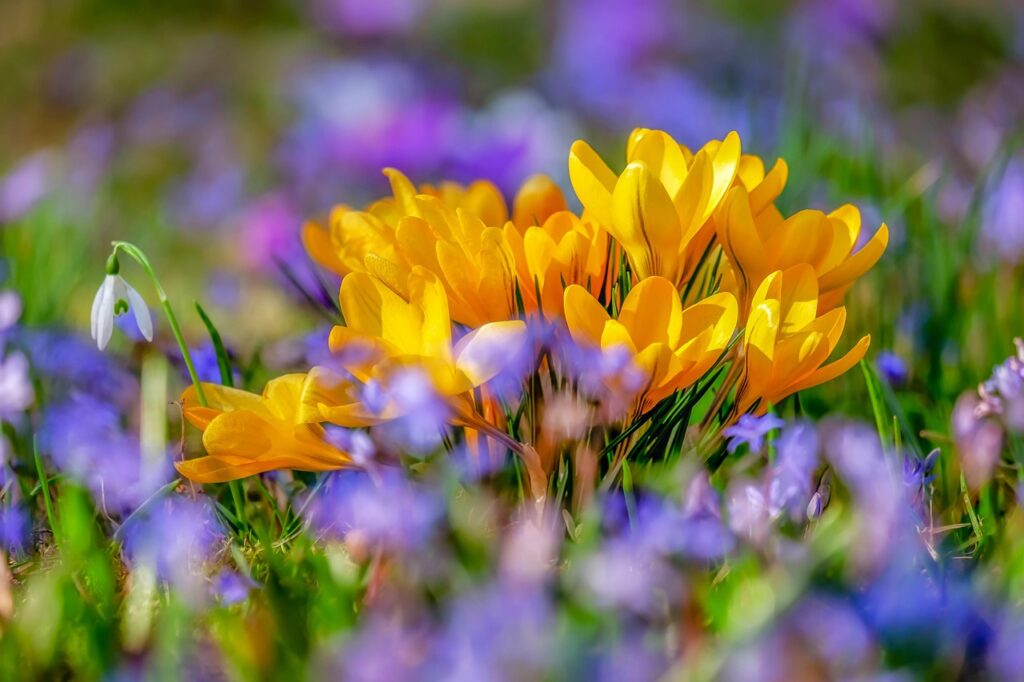
Spring transforms England into a canvas of vibrant colors as wildflowers carpet woodland floors and newborn lambs dot the hillsides. Temperatures gradually rise from 10°C to 17°C (50-63°F), though evenings remain cool.
Advantages: Fewer crowds mean peaceful campsites and lower prices. Nature comes alive with blossoming trees and active wildlife. Spring offers perfect hiking weather before summer heat.
Challenges: April showers are a reality—expect some rain and bring waterproof gear. Early spring can still experience occasional frost, particularly in northern regions.
Best for: Nature photographers, wildlife enthusiasts, and those seeking tranquility.
Summer (June-August): Peak Season
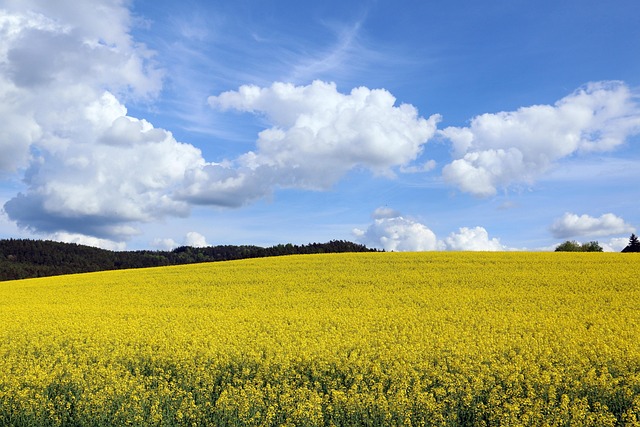
England’s most popular camping period brings long daylight hours (often until 9-10pm), warmer temperatures averaging 15-25°C (59-77°F), and a bustling atmosphere at most sites.
Advantages: Warmest weather for swimming in lakes and the sea. Abundant festivals and outdoor events. All facilities and attractions operate at full capacity.
Challenges: Popular destinations require booking well in advance. Higher prices everywhere. Some sites can feel crowded, particularly during school holidays.
Best for: Families, social campers, and those seeking full services and activities.
Autumn (September-November): The Golden Season
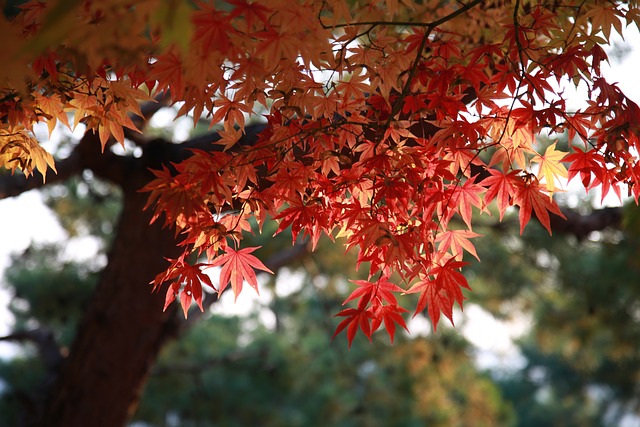
As summer crowds disperse, England’s countryside transforms with spectacular foliage in shades of gold, orange, and red. Temperatures gradually cool from 18°C to 10°C (65-50°F).
Advantages: Stunning scenery for photographers. Harvest season brings excellent local food. Campfires feel particularly magical. Mid-week camping can feel like having nature to yourself.
Challenges: Increasingly unpredictable weather as the season progresses. Shorter days limit outdoor activities. Some seasonal facilities begin closing in October.
Best for: Photography enthusiasts, culinary travelers, and those seeking serenity.
Winter (December-February): The Adventurous Choice
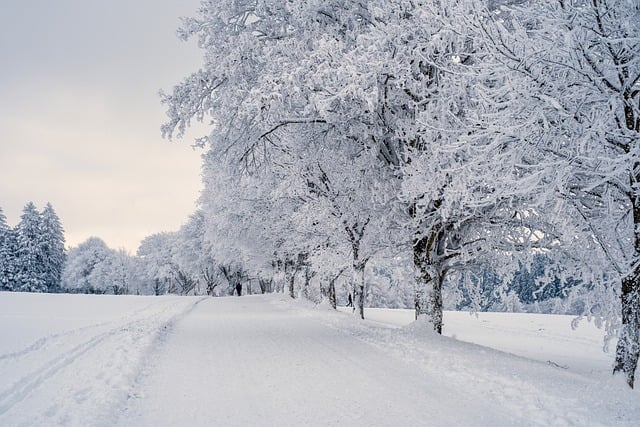
Winter camping in England is for the hardy and well-prepared, with temperatures typically ranging from 2-7°C (36-45°F), though occasionally dropping below freezing.
Advantages: Absolute solitude and pristine, misty landscapes. Dramatically reduced prices. Cozy evenings in motorhomes or winter-rated tents. Stunning stargazing opportunities.
Challenges: Limited facilities as many campsites close. Shorter daylight hours (sometimes just 8 hours). Need for specialized cold-weather gear for tent camping.
Best for: Experienced campers, motorhome enthusiasts with heating, and those seeking true wilderness experiences.
Whatever season you choose, England’s varied topography ensures there’s always a suitable camping destination—from sheltered woodland sites in winter to breezy coastal locations in summer. The key to enjoying any season lies in appropriate preparation, realistic expectations, and embracing the unique character each period brings to the English countryside.
